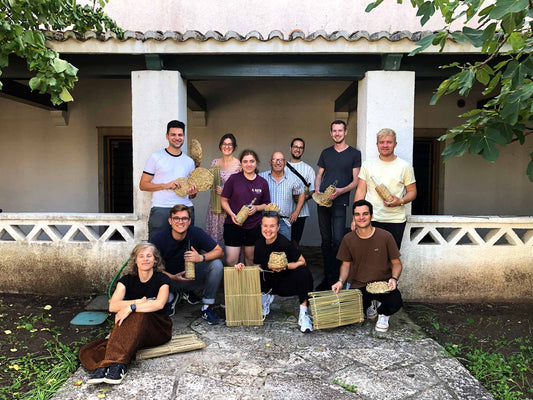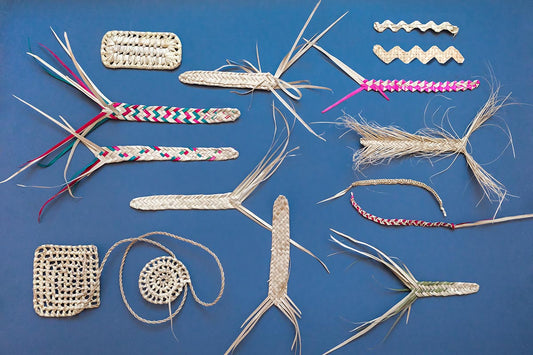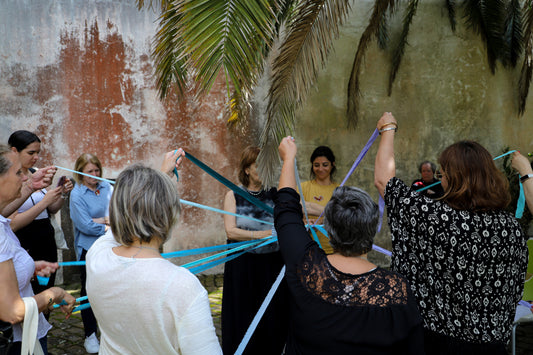Small shelves to raise light and store precious household items: research & product development.
Known as “parrots”, these wooden utensils are scattered a bit all over Portugal, but are mostly found in the Southern homes. Having lost their practical use, they have almost disappeared or been forgotten, but are worth taking a closer look at.
The parrot, when put on a wall, was used to support one of these objects: the oil lamp or a glass for drinking water (when installed above the water jugs). One of its most endearing features is that it fulfils a rather humble practical function which could be solved with more direct forms than those it actually has.


In its most common form the parrot consists of 3 pieces, generally made of wood: a vertical surface that follows the wall, to which an horizontal tray is fixed anda bracket that holds the tray. Some versions have a small drawer (which is said to hold a matchbox). Another variation has two arms that hold the tray on each side, replacing the bracket. These arms could also function as guards, giving this model the advantage of blocking the sides of the oil lamp, preventing it from falling.
The horizontal tray, usually rectangular or semicircular, extends far enough to accommodate the size of the lamp. The simple lines of this tray contrast with the free shapes of the bracket and, above all, of the front face, which shows itself to the observer with more or less complex decorative details, expressing the imagination and dexterity of its creator. The careful work of decorative themes suggests that this object has an important aesthetic and affective function in the domestic space.



The more we look into these parrots, the more questions arise. It is known that they were home-made or sold at fairs by the same people who produced and sold shelves, coat racks or benches. It is possible to find some (few) models produced industrially, but most parrots show the marks of manual tools and personalised designs. The origin of its Portuguese name is unknown, but it may relate to the similarity of its shape to a parrot’s perch or even to the animal itself.
Why does an object with such a simple purpose appear as a highlight of modest houses, where few objects show such decorative work? What does this say about the relationship of their owners, often people in situations of considerable material poverty, with the object and the two activities associated with it: illuminating the house and quenching thirst? Parrots seem to be cherished objects in the house, why? These questions take us to a level of material production where formal simplicity and artistic expression naturally co-exist. They are authorial objects without authorship, which arouse the curiosity of those who look closely at their discreet exuberance and speak to us of the practical and emotional construction of domestic life.
From the examples we have been finding and collecting, from conversations with those who own and produce them, we have designed four models that can be purchased at the Origem Comum shop.





